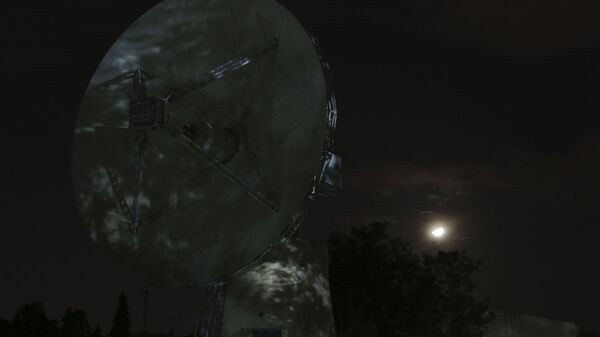Indian Space Research Organisation (ISRO) on Wednesday shared 3D images of the complete lunar surface captured by the Terrain Mapping Camera-2 from a 100-kilometre orbit for preparing a Digital Elevation model of the lunar surface. When processed, the triplet images would enable mapping of surface land from morphologies, which include craters, lava tubes and rilles (furrows formed by lava channels).
#ISRO
— ISRO (@isro) November 13, 2019
Have a look of 3D view of a crater imaged by TMC-2 of #Chandrayaan2. TMC-2 provides images at 5m spatial resolution & stereo triplets (fore, nadir and aft views) for preparing DEM of the complete lunar surface.
For more details visit https://t.co/urlZqzg3Gw pic.twitter.com/VBvUeH1L8s
The derived information facilitates the estimation of dimensions of topographical features and its comparison for reconstructing the morpho-structural framework, crater characterization surface-age determination, Rheological analysis and Lunar reflectance estimation.
The Orbiter’s life was initially planned to last one year, but during its journey to the Moon ISRO was able to save fuel, which made it possible to extend its life for a longer period. It is capable of communicating with the Indian Deep Space Network (IDSN) at Byalalu, near India’s southern city of Bengaluru.
Chandrayaan-2, with all its domestically-made payloads, began its voyage on 22 July from ISRO’s spaceport on the eastern seacoast of Sriharikota in Andhra Pradesh. After an initial hiccup, it crossed all hurdles seamlessly, but lost contact with the Earth Station of ISRO just minutes before the scheduled soft-landing near the South Pole of Moon.
Meanwhile, Chief of ISRO Dr. K. Sivan suggested earlier in November that the space agency would make another attempt to land on the lunar surface. Dr. Sivan said in New Delhi that ISRO has collected enough data to “set things right and demonstrate soft landing in near future”.


